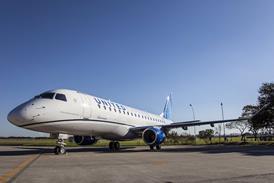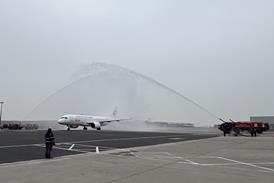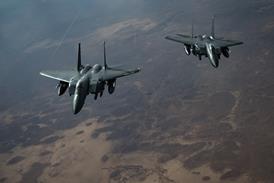US general aviation is getting safer, but pilot decision-making is still the single most common cause of most accidents, according to the US Aircraft Owner and Pilots Association (AOPA) Nall report.
The just-published US AOPA annual safety review is an in-depth analysis of accidents and their causes, and it examines the figures for calendar year 2006.
This Nall report shows GA mishaps reached an all time low of 6.32 accidents per 100,000 flying hours in 2006, down from the rate of 7.19 in 1997.
Fatal accident rates have also declined by 7.4% in the same timeframe, according to the analysis, from 1.36 to 1.26 per 100,000 flying hours.
The number of GA hours flown have decreased slightly over the decade, says AOPA executive director Bruce Landsberg, but the accident rate has been reducing faster than the decline in hours.
Landsberg comments: "Even with a slight uptick in the number of hours flown in 2006 compared to 2005, pilots are flying fewer hours than they did five years ago, but the accident rate shows they are flying safer."
The report says that despite the overall improvement, some specific safety problems are worse or are resisting AOPA's attempts to raise pilot awareness of risk: "Pilot-related weather mishaps were comparable to the previous year," says the report, continuing: "As expected, the majority of fatal weather accidents in single-engine aircraft resulted from visual flight rules (VFR) flight into instrument meteorological conditions (IMC, or bad weather). Unfortunately, the long-term trend for weather- related accidents is increasing. One possible explanation is that more cross-country flying is being undertaken in new, technologically advanced aircraft. The negative trend in weather accidents also illustrates the difficulty of teaching judgment skills to a broad group of pilots flying under diverse circumstances."
Accidents caused by pilot misjudgement of some kind still represent 73.8% of all GA accidents and 79.1% of all fatal accidents, says the Nall report. In two other broad categories, mechanical/maintenance problems caused 16.9% of accidents and 9.9% of fatal crashes, and "other causes/unknown" accounted for the remainder, respectively 9.3% and 11%.
Figures for descent and approach fatal accidents are getting worse, the report reveals, representing 16.7% of fatal accidents in 1999, after reaching a low of 11.2% in 2005, then leaping to 19% in 2006.
Traditionally the biggest single killer category in GA - accidents resulting from "manoeuvring flight" - is still showing a steady long-term trend as the cause of 25% of all fatal accidents, and 9.7% of all GA accidents.
AOPA describes "manoeuvring flight" accidents as follows: "These accidents often involve questionable pilot judgment, such as decisions to engage in buzzing, low passes, or other high-risk activities."
Source: FlightGlobal.com























